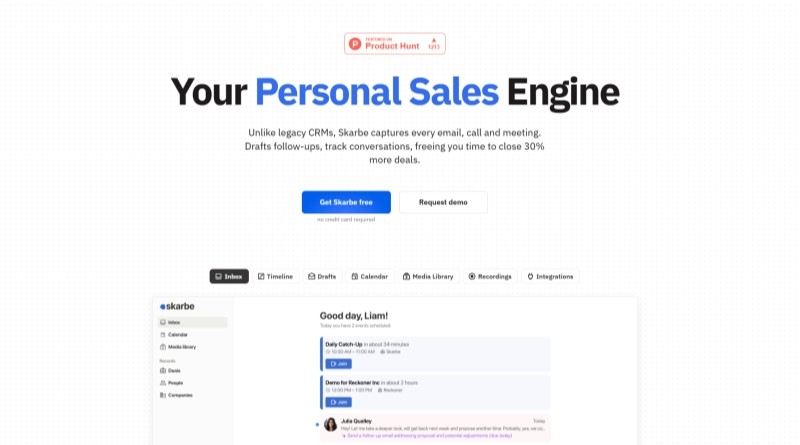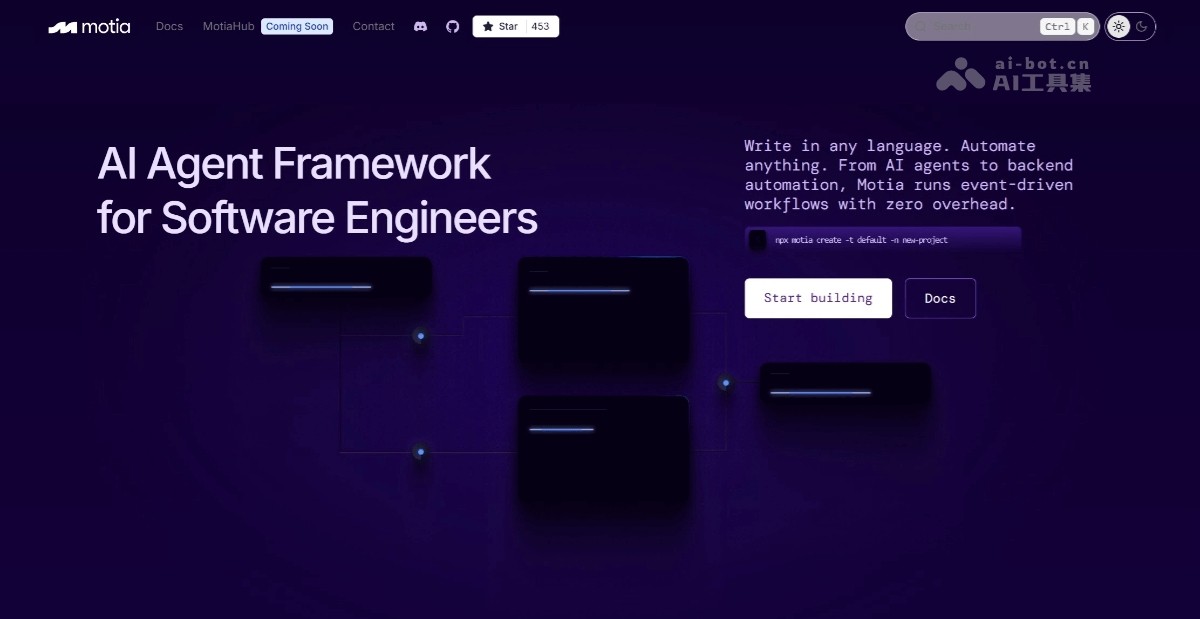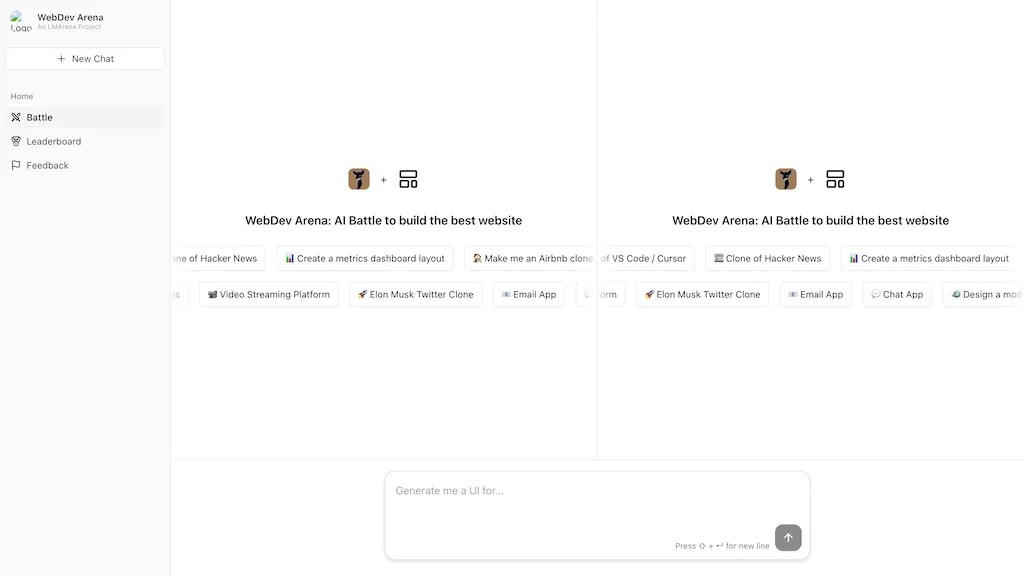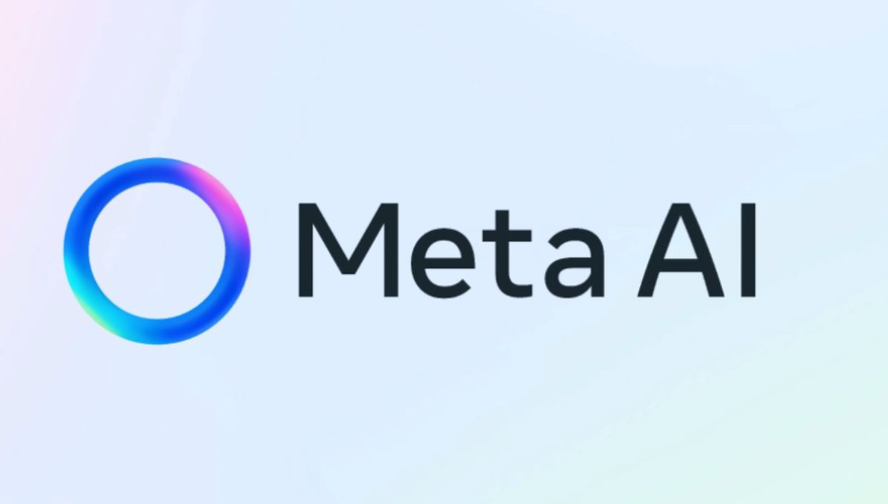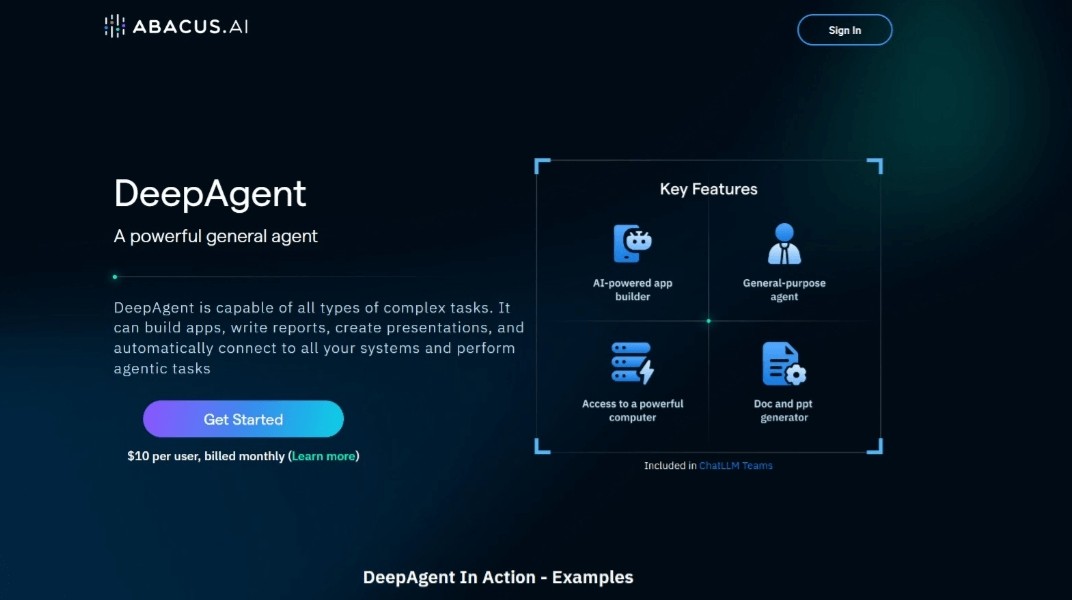
FlashRAG is a Python toolkit for the reproduction and development of Retrieval Augmentation Generation (RAG) research. It includes 32 preprocessed benchmark RAG datasets and 12 state-of-the-art RAG algorithms. FlashRAG provides an extensive and customizable framework, including the basic components required for RAG scenarios such as retrievers, rearrangers, generators and compressors, allowing for flexible assembly of complex processes. In addition, FlashRAG also provides an efficient pre-processing stage and optimized execution, supporting tools such as vLLM and FastChat to accelerate LLM inference and vector index management.
The target audience is mainly researchers and developers in the field of natural language processing, especially those interested in retrieval enhancement generation technology. FlashRAG helps them reduce duplication of work in the research and development process and focus on innovation and experimentation by providing pre-processed data sets and advanced algorithm implementations.
Example of usage scenario:
Researchers used FlashRAG to reproduce the latest RAG model and verify its performance on specific data sets.
Developers use FlashRAG to quickly build customized RAG processes for experimentation and tuning.
Educational institutions use FlashRAG as a teaching tool to show students the working principles and application scenarios of RAG technology.
Product features:
Contains 32 preprocessed benchmark RAG data sets to facilitate testing and verification of RAG model performance.
Provides 12 advanced framework-based RAG algorithms to easily reproduce results under different settings.
Simplify RAG workflow preparation, providing various scripts such as search corpus processing, search index building and pre-searching documents.
Enhance the efficiency of the library and accelerate LLM inference through tools such as vLLM and FastChat.
Supports the implementation of custom RAG processes and components, and provides flexible component combinations to create custom processes.
Provides rich documentation and sample code to help users quickly get started and understand RAG technology.
Usage tutorial:
1. Clone the FlashRAG toolkit from GitHub to your local environment.
2. Install the necessary dependencies and configure the Python environment as needed.
3. Refer to the provided sample code and documentation to learn how to use each component of FlashRAG .
4. Select appropriate data sets and algorithms based on research or development needs.
5. Configure experimental parameters, including data directory, model path, etc.
6. Run the sample script or custom script, observe the results, and analyze them.
7. Adapt and optimize processes as needed to achieve desired research or development goals.

